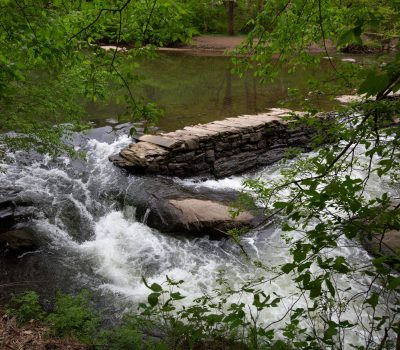
Wetlands tend to form in low-lying areas along rivers, streams, and other bodies of water subject to flooding, within isolated depressions on land that collects surface water, and in areas of groundwater discharge. These areas of groundwater discharge can even be on slopes. Despite where they are located, wetlands must possess one or more of the following attributes: support a prevalence of vegetation (plants) adapted for life in saturated soil conditions (under normal circumstances); be saturated with water or covered by shallow water at some time during the growing season of each year; and have predominantly undrained hydric soils. Wetlands are one of the most vital features of our environment and that is why their protection is so important.
Fun fact – wetlands are found on every continent except Antarctica
Benefits of Wetlands
Water Quality – Wetlands serve as a natural filter that can remove many harmful pollutants before runoff reaches open water.
Flood Protection – Wetlands absorb rainfall and runoff which provides flood control and slows down water as it moves downstream.
Water Supply – Wetlands serve as watershed reservoirs for retained water that directly supplements surface water and groundwater.
Wildlife – Wetlands provide a lush habitat to a wide variety of microbes, plants, insects, amphibians, reptiles, birds, fish, and mammals.
Recreation – Wetlands serve as a destination for outdoor activities such as hiking, fishing, birdwatching, photography, and hunting.
Protecting Wetlands
Wetlands serve many functions and benefits. Therefore, protecting these environments or adapting them into project design is crucial for better environmental management and resiliency. Wetlands protect water quality, prevent flooding, restore water supply, provide habitats, and serve as a destination for those who partake in various recreational outdoor activities. Ecosystems with such a large reach should be protected to guarantee that they can continue to serve their purpose.
Protection of wetlands or other water bodies does not have to render a property unusable or limit the project development goals. Such resources can be protected while incorporating them into the overall project design through careful planning and upfront decision-making. Existing wetland areas can often function as all or a portion of the stormwater management system, protecting the wetland resource and generally improving downstream water quality by filtering sediments and slowing the stormwater runoff. Wetlands and water bodies should also be considered for their benefit as green space / open space within a project design.
